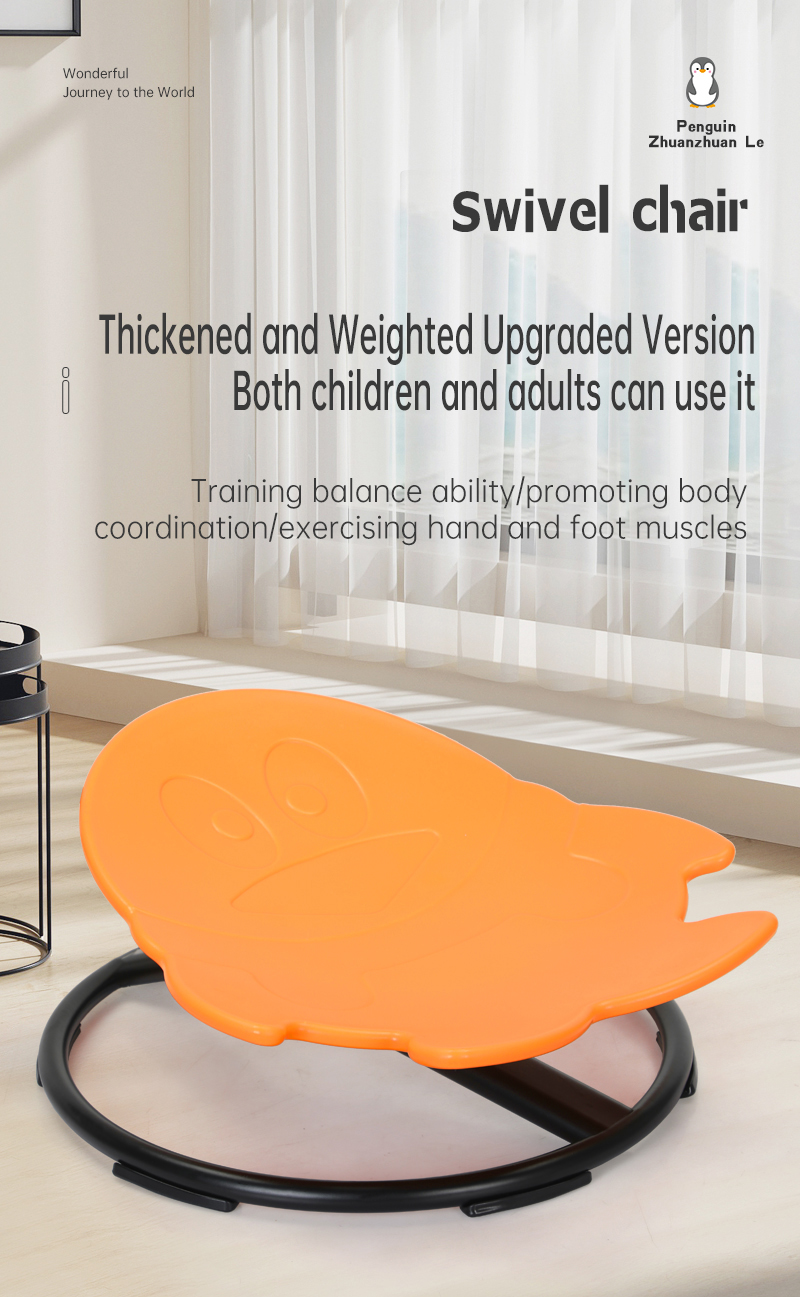Scooter Kids vs. Skater Kids A Clash of Cultures
In the bustling world of urban youth culture, two prominent groups dominate the scene scooter kids and skater kids. Each group boasts its own identity, style, and community, leading to a friendly rivalry that often captures the interest of onlookers. While it might seem that these two factions are simply two sides of the same coin—both engaged in outdoor recreation and self-expression—the differences between them reveal a deep-seated subculture that is as fascinating as it is dynamic.
Scooter Kids vs
. Skater Kids A Clash of CulturesOn the flip side, skater kids embody a rich history that dates back to the 1950s and 1960s. With their skateboards—crafted from wood and adorned with iconic graphics—these individuals have contributed to the urban landscape in ways that extend beyond mere recreation. Skateboarding represents a form of rebellion, creativity, and artistry, with each trick and flip telling a story of personal expression. The skateboarding community has influenced fashion, music, and art profoundly over the decades, turning renowned skateboarders into cultural icons. A typical skater kid can often be spotted wearing oversized tees, baggy pants, and classic skate shoes, filled with a sense of identity tied to the sport’s rebellious spirit.
scooter kids vs skater kids

Though both scooter kids and skater kids share a passion for thrills and tricks, their interactions are often colored by competition and camaraderie. Skate parks serve as the primary battleground where the two groups converge, creating an environment that is both challenging and exhilarating. Here, we witness the clash of styles scooters whizzing by while skaters glide and navigate through ramps and rails. Each group brings its distinct energy to the park, resulting in a vibrant tapestry of athletics and artistry.
However, this rivalry isn't without its tension. There are moments when the atmosphere becomes charged, as scooter kids and skater kids defend their respective territories and honor codes. Some skaters view scooters as a threat to the authenticity of skateboarding culture, while scooter kids counter that they bring a fresh energy and creativity to the scene. These differing perspectives often lead to playful banter, occasional disputes, and the reinforcement of stereotypes. Skater kids may joke about scooters being easy mode, while scooter kids might quip that skaters lack the agility required for their tricks.
Despite these conflicts, it’s essential to recognize that both communities can coexist and even thrive together. Many parks have implemented designated areas for each group, allowing them to practice their skills without interference. Moreover, collaborations occur as both communities learn from each other, braving new tricks and techniques that challenge their limits. As shared spaces evolve, so too does the understanding between scooter kids and skater kids, highlighting the need for respect and appreciation of each other's passions.
In conclusion, the dynamic between scooter kids and skater kids is a vibrant reflection of youth culture, emphasizing themes of individuality, competition, and community. Both groups contribute to the exhilarating atmosphere of skate parks, encouraging creativity and pushing each other to new heights. While they may pursue different paths in terms of sports and style, their shared love for adrenaline and expression signifies a deeper bond. Ultimately, the rivalry provides an avenue for growth, understanding, and friendship within the diverse world of youth sports. In a way, the battle between scooter kids and skater kids is less about division and more about celebrating the thrill of movement, the joy of expression, and the thrill of life itself.
-

 Scoot&RideKids Child Kick Push Scooter 3 Wheels with LED Flashing Tilt Lean Boys Girls Scooter
Scoot&RideKids Child Kick Push Scooter 3 Wheels with LED Flashing Tilt Lean Boys Girls Scooter




- 4
$33.17 -

 Scoot&RideKids Scooter Child Kick Flashing LED Light Up 3 Wheel Push Adjustable Folding 3
Scoot&RideKids Scooter Child Kick Flashing LED Light Up 3 Wheel Push Adjustable Folding 3- 0
$25.52 -

 Scoot&RideKids Scooter Child Kick Flashing LED Light Up 3 Wheel Push Adjustable Folding 2
Scoot&RideKids Scooter Child Kick Flashing LED Light Up 3 Wheel Push Adjustable Folding 2- 0
$33.17 -

 Scoot&RideKids Scooter Teens Foldable Kick Push Scooter Adjustable Height Safe 2 Wheels
Scoot&RideKids Scooter Teens Foldable Kick Push Scooter Adjustable Height Safe 2 Wheels




- 4
$49.99
Meet our partners and discover what powers their creativity!
When you register for a Lohas scooter, you will receive a 10% discount on your first order and can be notified of sales, new product launches and other offers in advance.









